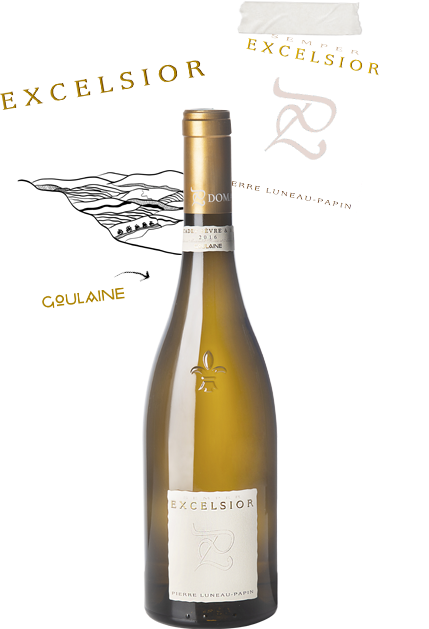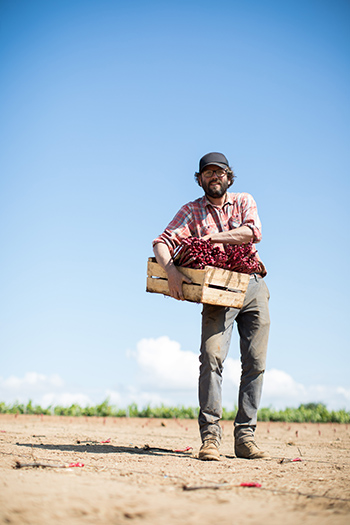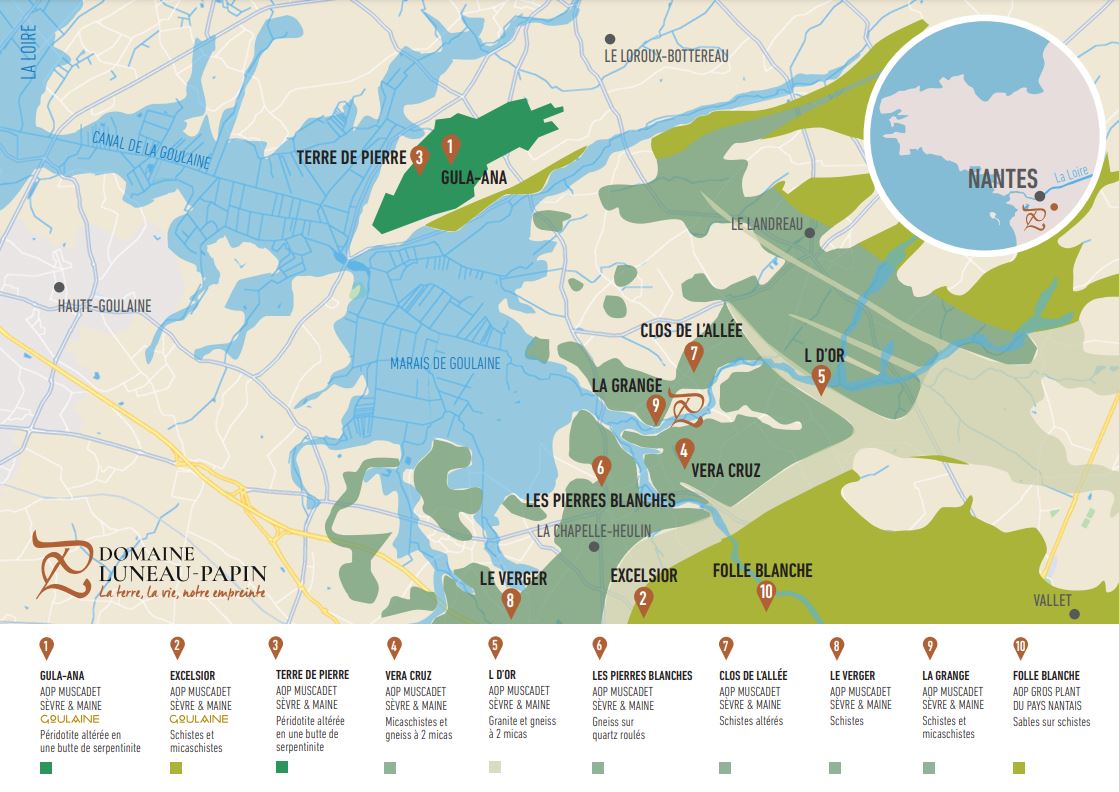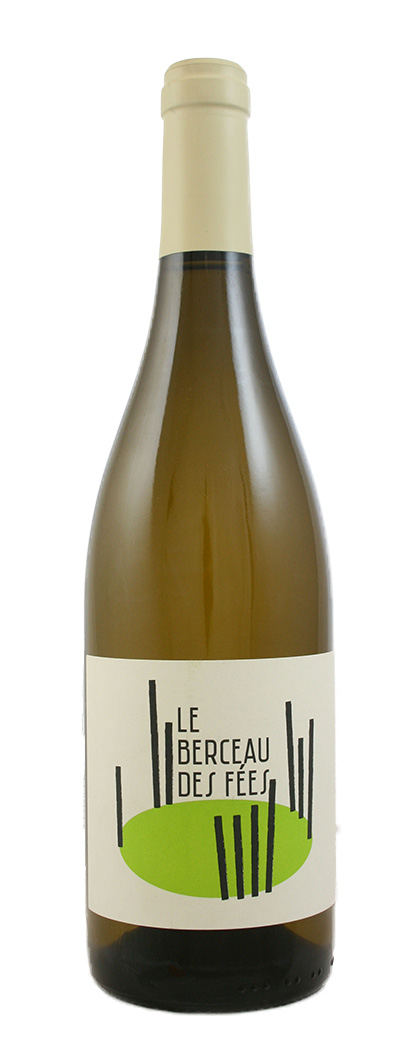Muscadet Excelsior 2020 & Berceau des Fees 2022
This has not been a stellar year for wine epiphanies. The epiphany can be a whiplash crack of realisation and self-realisation, or the gradual dawning of deep appreciation. An epiphany is either a sudden unbidden flash of sublime understanding, or the moment when a gradually felt truth is crystallised. When it comes to wine, it describes a particular exalted response, in which one is tuned into the “heartbeat” of the wine in a very special way.
Not all epiphanies involve intense Damascene conversions and I’ve tried a few wines recently which I was familiar with previously, but had never so appreciated. The first is a Muscadet from the domaine of Luneau Papin.
I have a strangely protective attitude towards Muscadet and the Melon grape. I am gnarled and wizened enough to recall a time that it was £2.99 lavasse on a supermarket shelf, bottled sulphur water without the health benefits. The Luneau family were instrumental in helping to change the reputation through proper farming, identification and parcelling of different terroirs and, of course, lengthy lees-ageing in order to give the wines greater strength and mouthfeel. With some other producers walking the same winemaking path, the quality of Muscadet wines began to improve markedly. On our list alone, we work with four excellent exponents of the Melon grapes, all of whom practise biodynamics, hand-harvesting and selection, and native yeast ferments with a minimum length of lees-ageing.
If a wine from Bordeaux was called Excelsior, I would be predisposed to dislike it heartily, but being from Muscadet-country I think we can award it extra points for chutzpah. Muscadet has proved that its wines are entitled to cru status if made to an exacting standard and from a specific grand terroir.

A word about the conscientious farming which has surely helped to elevate the Luneau Papin wines to another level. They started the process of conversion to biodynamics in 2013 and by 2019 had received both Demeter and Biodyvin certifications.
Pierre-Marie, who has taken over the domaine since the retirement of his father and mother, emphasises how important farming has been for his personal development. “Life can be a joyous and intoxicating whirlwind for those who are able to grow essential wings. I have built vintage by vintage, stone by stone my place as a winemaker amongst the diversity of nature. The vine and the wine are fantastic tools for connecting with oneself, with others, with plants and with the stars. The path is infinite with endless possibilities.”

The communal crus initiative dates back to the late 1990s in the Muscadet area. A handful of estates, including Luneau-Papin, agreed on a definition of the cru’s terroir and its richness and diversity around Nantes. The process of seeking recognition of the cru was launched. Long called Schistes de Goulaine, this cru today goes by the name Goulaine, in reference to the river which flows into the Loire and is a common denominator of an area now officially identified by the national appellations body, INAO. The Goulaine landscape is characterised by a finely carved relief, with mounds converging towards the marshes. Located on the top of the small hills, the vine plots offer an unobstructed view of the Goulaine marsh, which changes with each season, depending on whether it is covered with water or exposed. In this open panorama, the gaze is drawn to the remarkable elements of the surroundings offering a unique sense of wilderness.

Located near the village of La Chapelle-Heulin, the vines for this plot were originally planted in 1936 on a mother rock of schist and micaschist in “La Plécisière”, and the vineyard is massale selection. Spring soil preparation has been performed in a traditional manner (earthing down and hoeing) throughout the entire estate since 2009. The family treat and take care of the vines with natural preparations (no chemical products) and sow cover crops such as pulses and cereals at the end of summer, with close attention to the needs of each crop. Soil life is stimulated with one or two applications of horn dung; (preparation 500) in spring and apply a horn silica (preparation 501) after bloom and before harvest if necessary. Vines are short cut pruned (single guyot) during winter. Vine density is 6,500 plants per hectare. Careful sorting is carried out in the vineyard by grape harvesters.
After harvest, grapes are pressed in a pneumatic press, strength and length of pressing is adapted to each vintage and spontaneous fermentation takes place using only natural yeasts. Fermentation and maturation on lees are in underground glass-lined concrete vats for up to 36 months, without racking until bottling.
A tasting note for this would say that the wine shows subtle, complex aromas of bitter lemon, lime-flower, melon, pear, mint, almond and stone. Its palate is silky, crystalline and dense with white fruits, lemon zest, almond, smoke and wet stone with fabulous length of pear, minerals and taut acidity. If that suggests complexity then this is the case, but the descriptive words rarely penetrate to the wine’s essence.
One of the things that makes drinking wine an epiphany is how every mouthful begins to develop secondary texture and how you notice different elements each time (probably because some mechanism in your brain has been triggered telling you to pay more attention!). The flavours and textures build like waves, and I feel that beautiful balance that is so appealing, the tension between the linear and the textural bound by mineral glue. I am going through a phase wherein my pallet is attuned to wines that exhibit these characteristics and loving anything which reminds me of petrichor. The Muscadet Excelsior is a wine that wears its depths ever so lightly and expresses that sensation of wine becoming like mineral water in terms of its purity and tonic energy.
Moving east towards the fabled terroir of Savennières, and a second white wine that stirs the buds in the same tantalising fashion. We are at Tessa Laroche’s Domaine aux Moines, but on this occasion with her younger vines cuvée called Bercéau des Fées (the cradle of fairies). Previously, I have liked this wine rather than loved it. It has shown as a gawky, nervous Chenin, a kind of uncoordinated teenager, if you like with the kind of angular acidity that never quite softens. Until now, the 2022 vintage. This felt to me like Savennières in all its glory with lashings of petrichor, straddling spring and autumn on the fruit spectrum, and sporting whispers of dry honey. I loved the wine because it put me in the moment, and made me forget about grape and origin. To use cod-philosophical jargon, it was a wine ineffably in-and-of-itself. Any wine that diverts you from an analytic mindset and moves you to feel it instead, is deeply cherishable.


